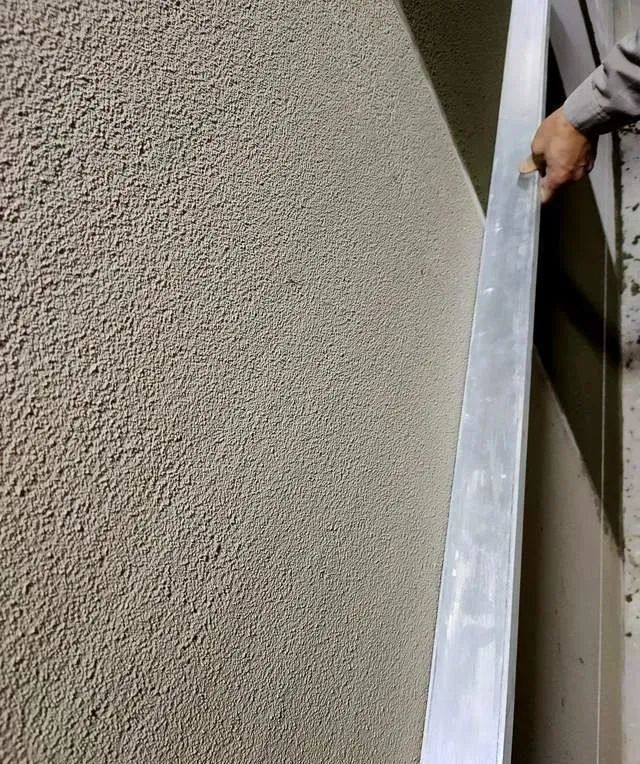Gypsum plaster for interior walls has the characteristics of light weight, moisture absorption, sound insulation, and strong living comfort. Gypsum plastering materials will be the mainstream of interior wall plastering in the future.

Gypsum plaster
1. In view of the fact that Gypsum plaster is an air-hard material, the real strength of use can only be achieved after the hardened body is completely dried. Therefore, before the plastering layer of the wall is hardened and dried, it should not be hit with a heavy hammer or scratched with sharp objects, and the ground is not allowed. There is clear water and the rain is poured into the door and window. It should also be avoided that there is water on the ground which will affect the drying of the plastering layer.
2. If the door and window glass has not been installed, the door and window holes should be covered, otherwise the newly painted wall will be hit by dry wind before the final setting, resulting in water loss and powder falling.
3. The residual mortar and dust on the door and window frame should be cleaned up in time. A protective film should be pasted before the aluminum alloy door and window frame is installed, and the window frame should be cleaned and wiped in time with neutral mortar for caulking.
4. Before plastering indoors, it should be protected by nailing iron sheets or wooden boards within the height range of 500-600mm at the root of the door frame to prevent damage during construction.
5. Clean the floor skirting boards, wall skirts and the back of the pipes in time, and brush (spray) a covering material on the back of the radiator in advance.
6. Indoor handling materials should be lightly lifted and placed, and the debris in the field should be removed in time. Construction tools and materials should be neatly stacked to avoid damaging and polluting doors and windows, walls and corner guards. In order to avoid damaging the ground surface, it is strictly forbidden to mix ash on the ground to keep the ground intact.
7. Protect the embedded parts of the wall, ventilation pipes, pipeline grooves, holes, boxes, etc. Do not wipe the holes reserved for electrical and plumbing equipment.
8. The Gypsum plaster layer should be protected from exposure to sunlight, water showering, impact, vibration and freezing during the setting and hardening period to ensure that the plastering layer has sufficient strength. Before the plastering layer of Gypsum plaster is solidified and hardened, the doors and windows should be covered as much as possible to avoid ventilation and make the plaster lose enough hydration water. After the Gypsum plaster hardens, it should be well ventilated so that it can dry as soon as possible to reach the strength of use.
9. The newly painted walls are not allowed to be directly baked by the heat source.
The above points are what we need to pay attention to. If you have other questions, you can send an email to consult us.